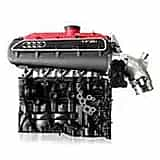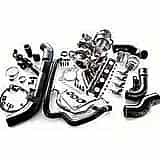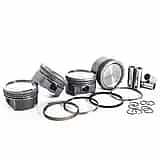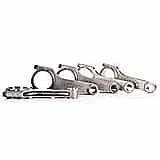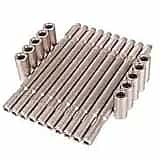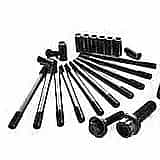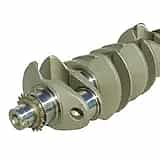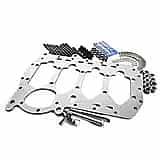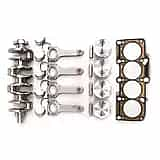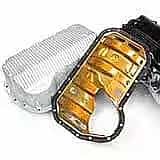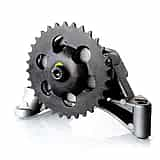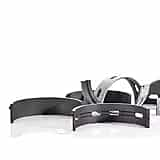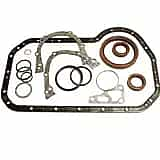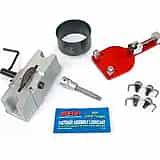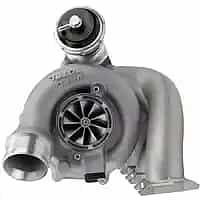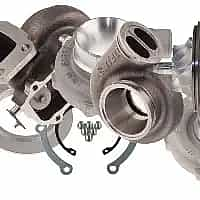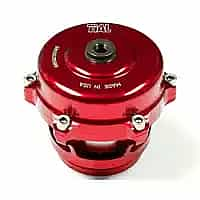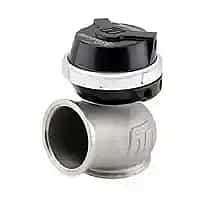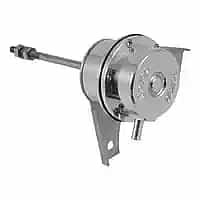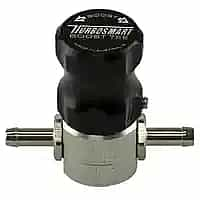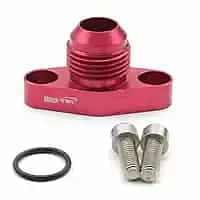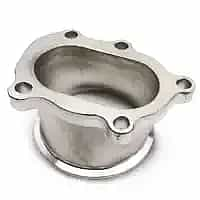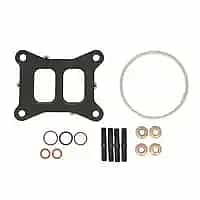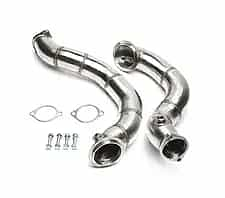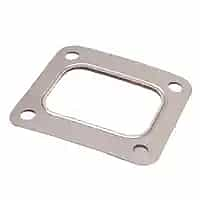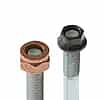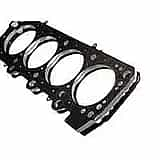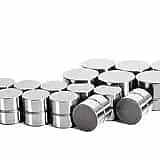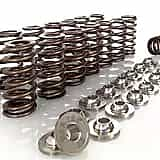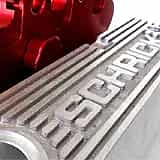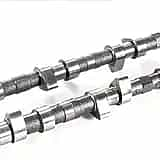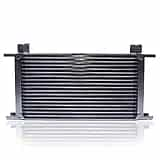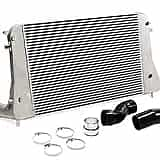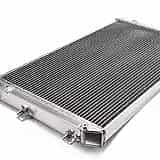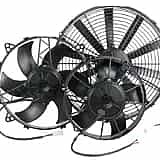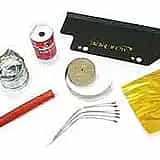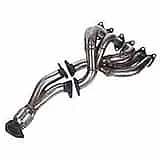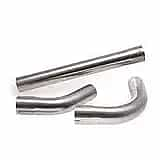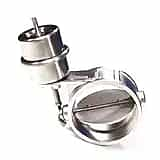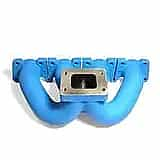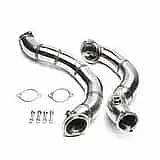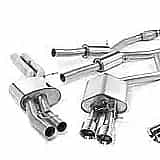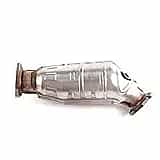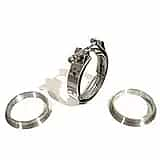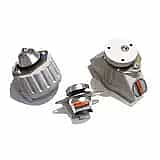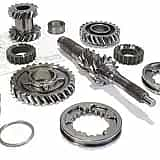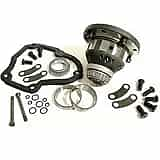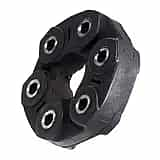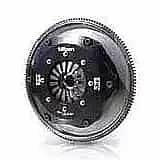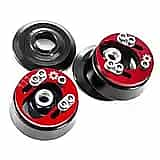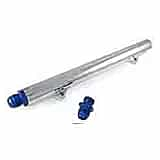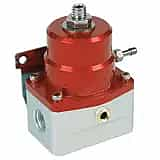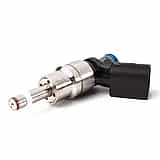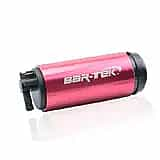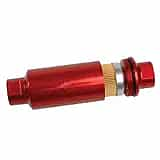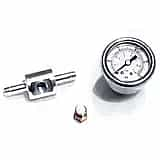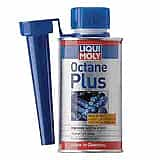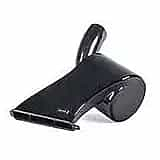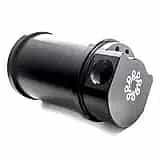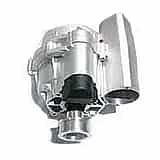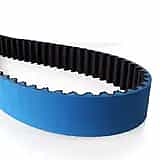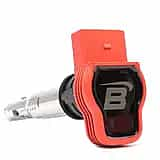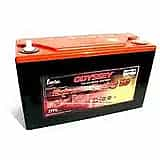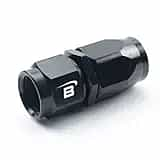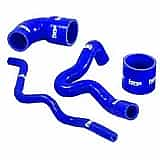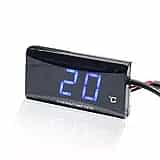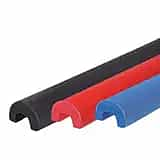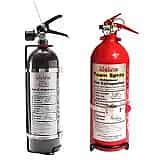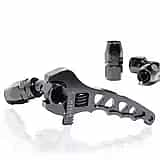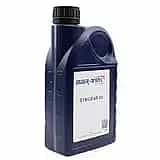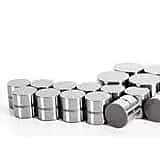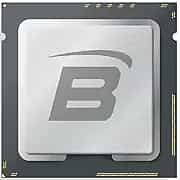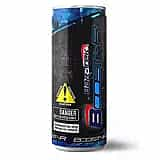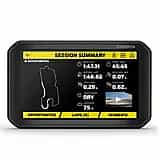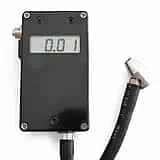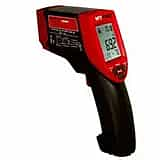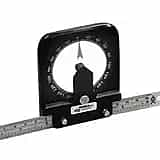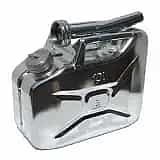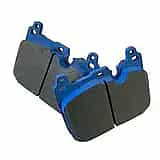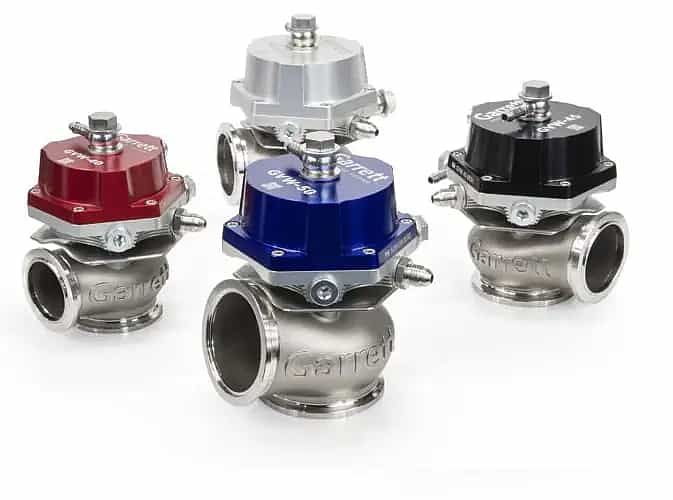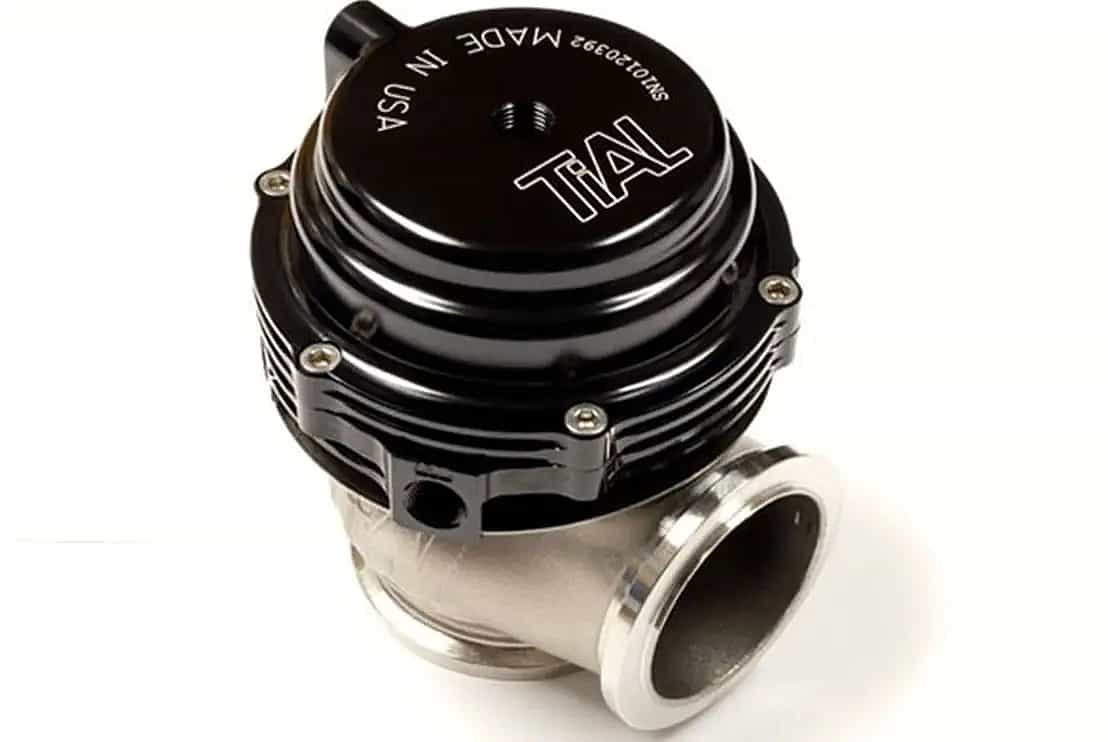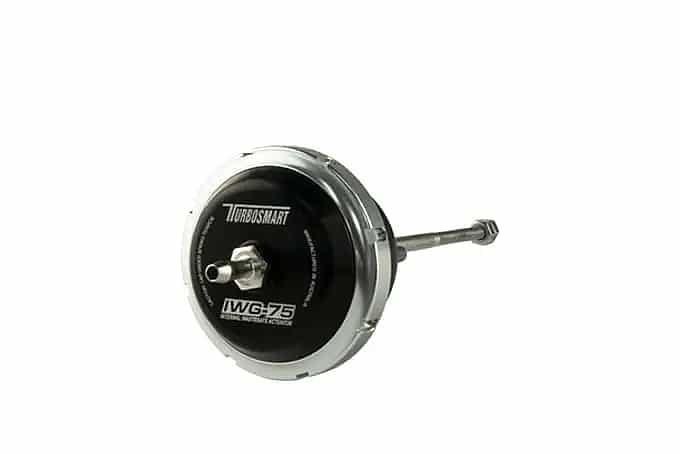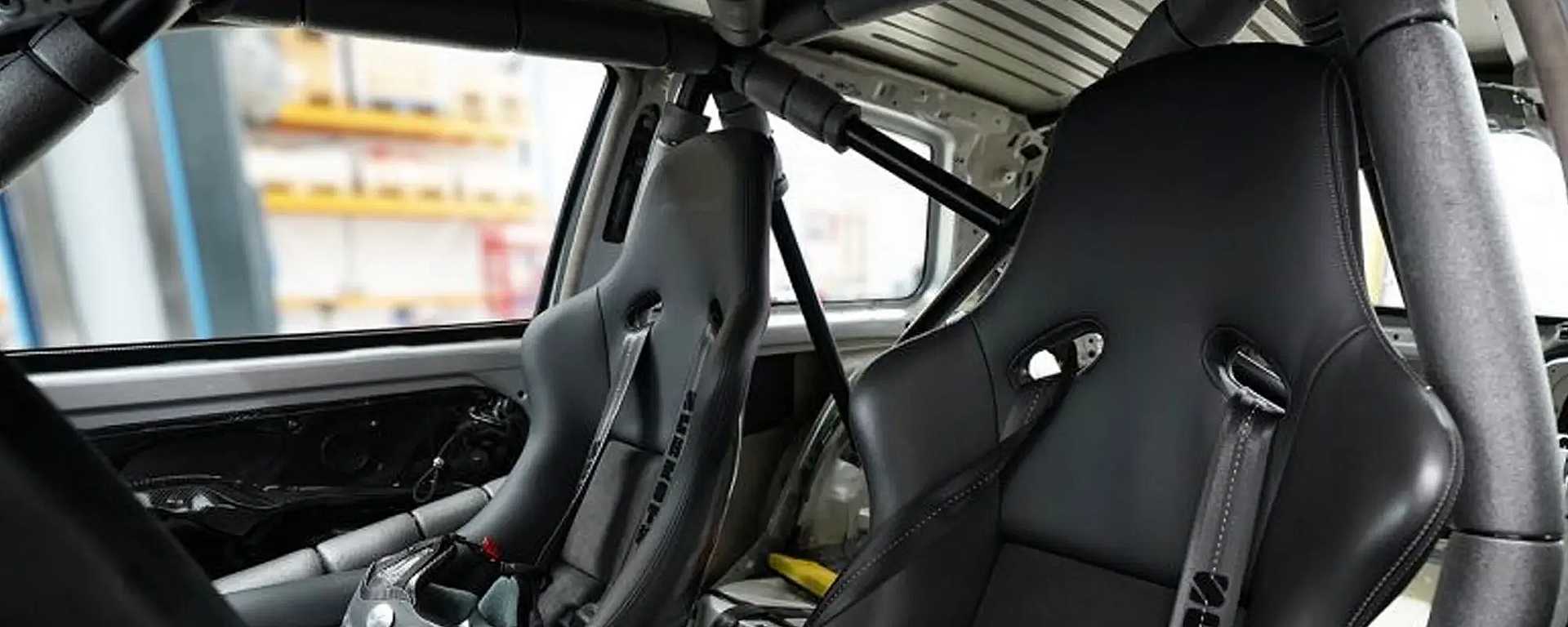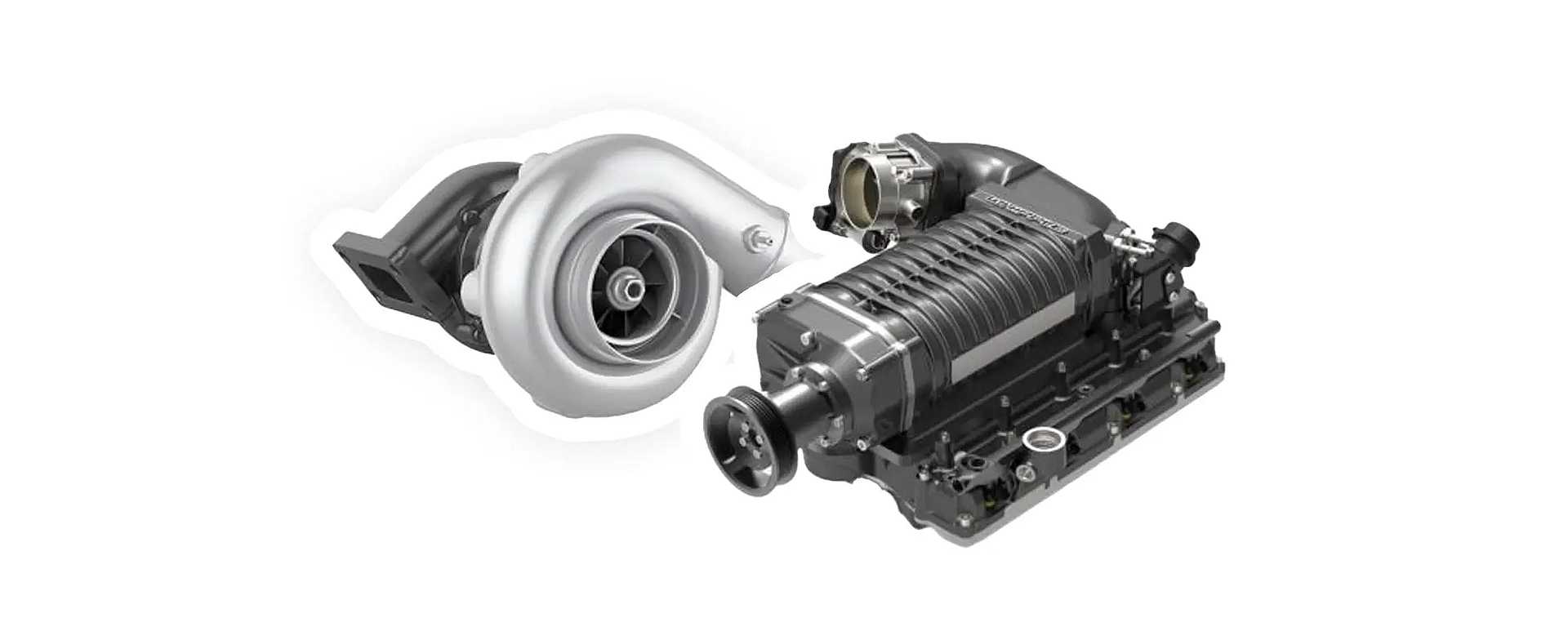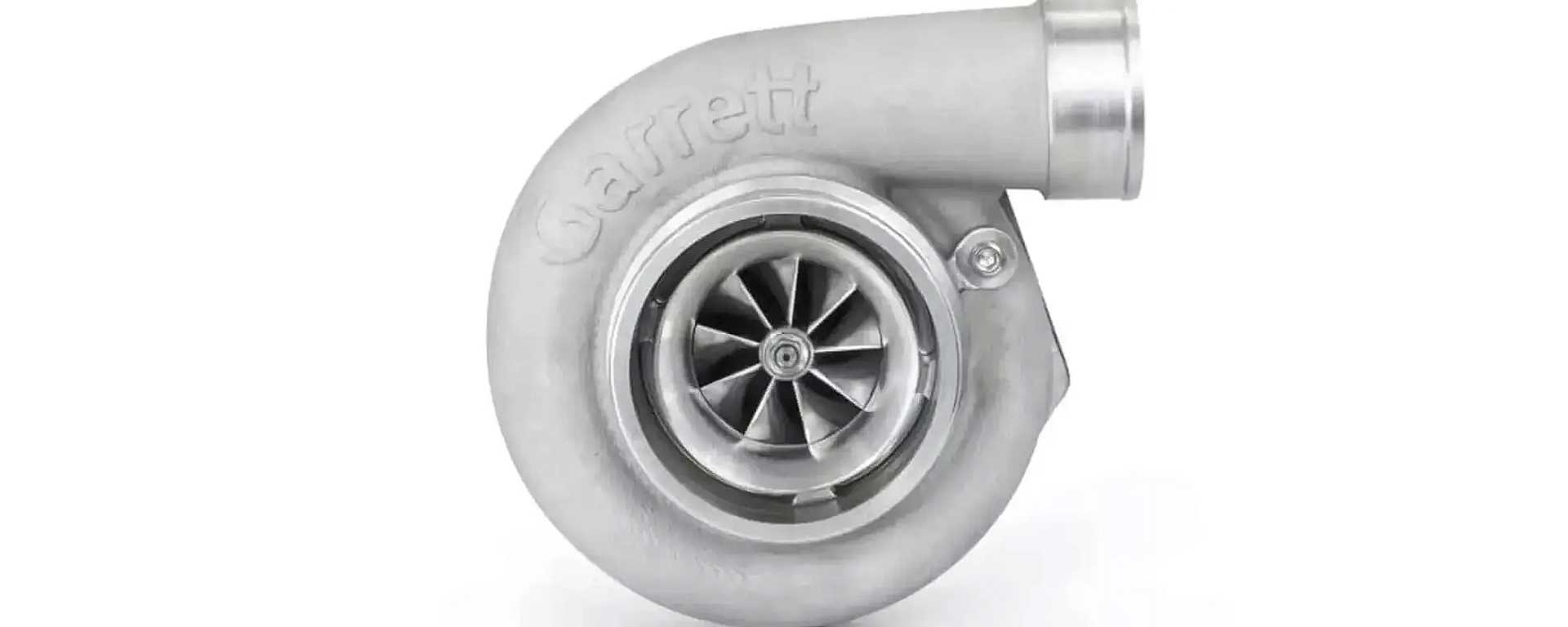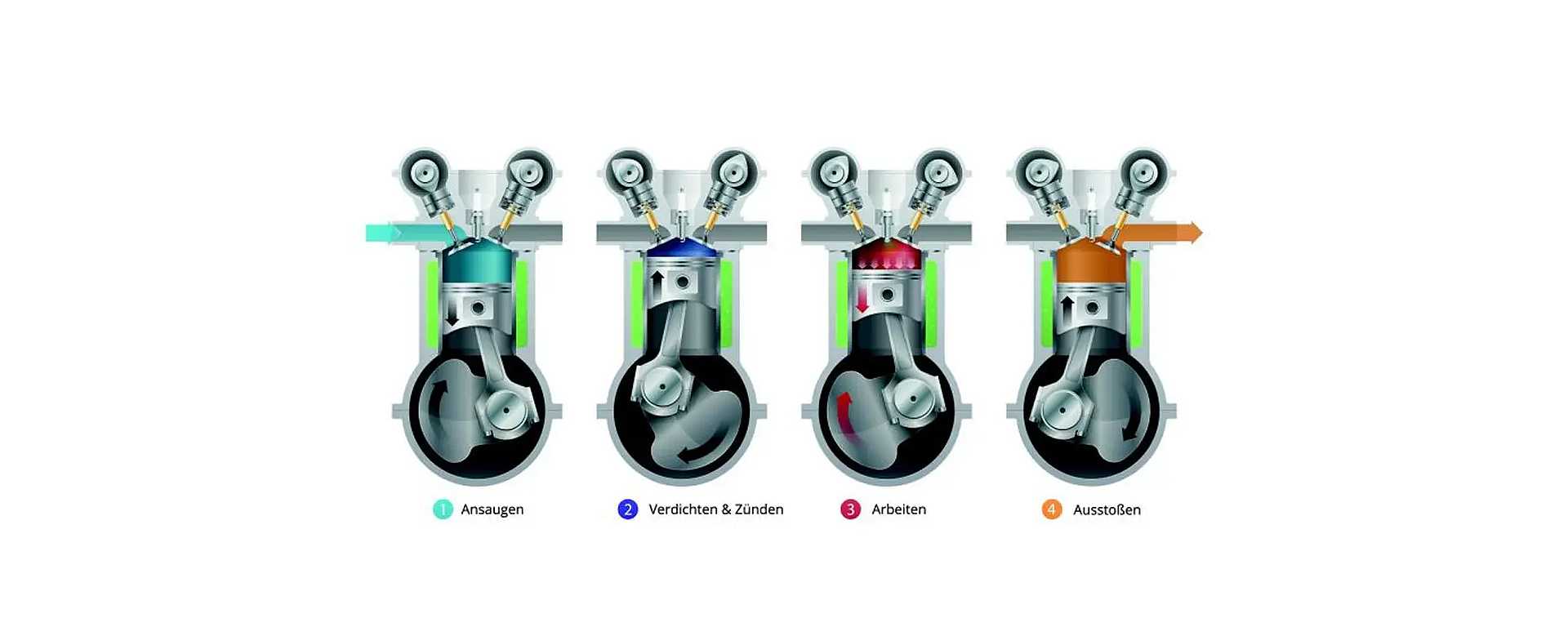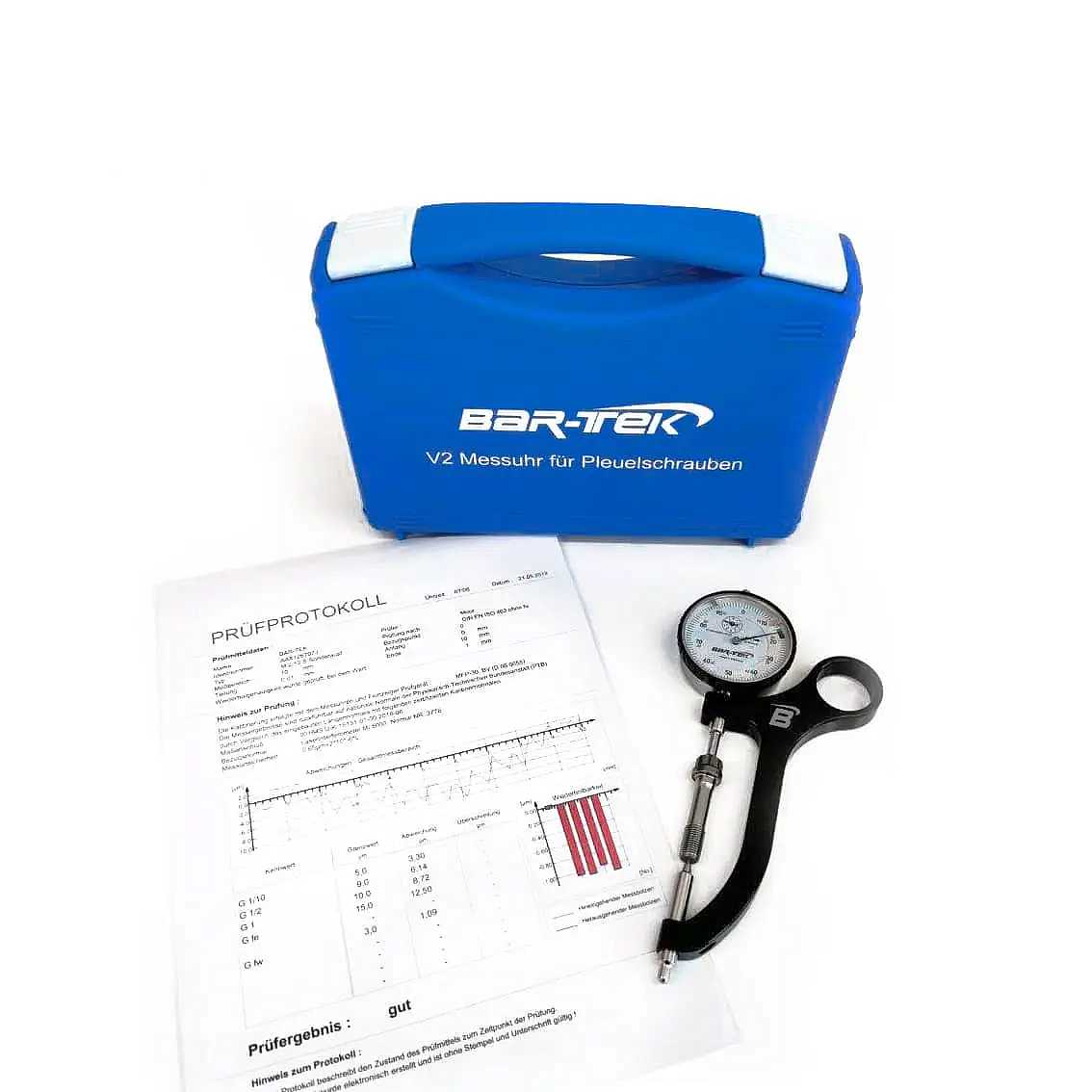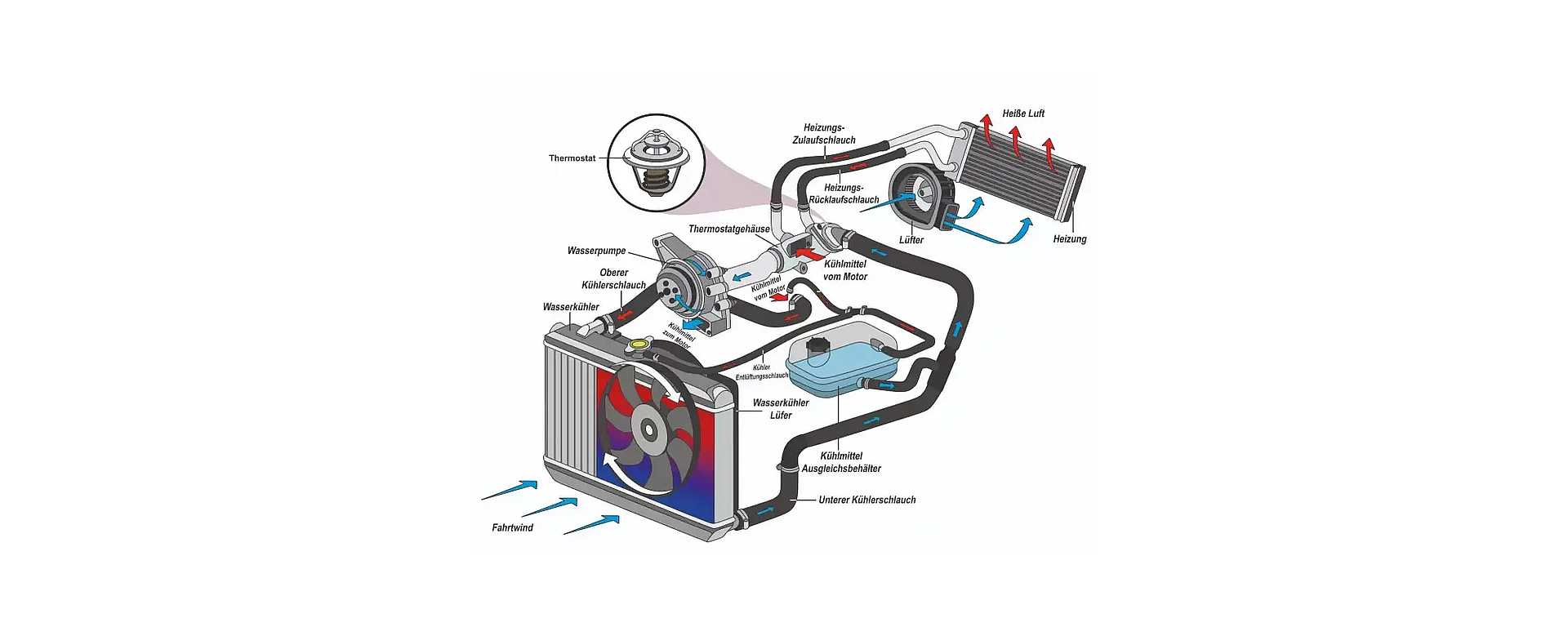

Keeps boost pressure in check: the wastegate
If you want to boost your car’s performance, there’ll come a time when you have to deal with a wastegate, which acts as a boost pressure regulator to increase and preserve the efficiency of your turbocharger.
A wastegate also comes into play if you want to install a bigger turbo. Read on for an explanation of all the technology behind wastegates, the different types, and much more.
- 1. What is a wastegate?
- 2. How does a wastegate work?
- 3. What would happen without a wastegate? Why do you need one?
- 4. The difference between internal and external wastegates
- 5. Wastegates: boost pressure control in tuning
- 6. Which wastegate is right for you?
- 7. Faulty wastegates
- 8. Questions? Get help from the pros!
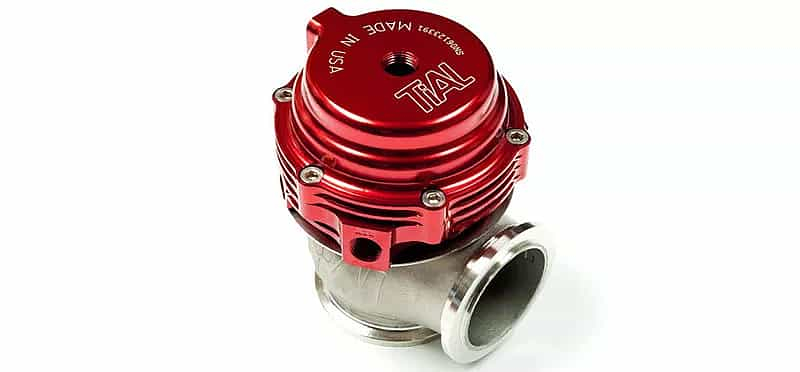
What is a wastegate?
A wastegate is an optimized boost pressure regulator that relieves excess boost pressure by releasing some exhaust gases before they can reach the turbocharger’s turbine shaft. This is why it’s also known as a bypass valve or boost pressure valve. It prevents the speed of the turbocharger from getting too high and damaging the turbo. This is especially important in motorsport, where boost pressure can be extreme. The wastegate does its job by ducting the exhaust gases past the shaft so that the volume of gases used to drive the turbine is always optimal.
How does a wastegate work?
The wastegate sits in the turbo’s exhaust gas flow, between the engine and the turbocharger. When you press the accelerator, your engine revs go up, the car produces more exhaust gases, and the boost pressure increases – especially on performance-enhanced engines with lots of horsepowers. But simply adding more boost pressure is inefficient, and damages your turbocharger. This is exactly where the wastegate comes in. Upwards of certain preset boost pressure, the wastegate flapper opens and lets the excess gases out of the exhaust before they reach the turbocharger’s turbine. This prevents the turbine from turning too fast and keeps the turbo speed within a consistent range. When you take your foot off the gas and this speed drops, the flapper closes again and lets more exhaust gases into the turbocharger until it gets back to the maximum value.
What would happen without a wastegate? Why do you need one?
Engines have a mechanical threshold. Without a wastegate, the boost pressure would rise indefinitely, which would be self-defeating. Your car’s response would also suffer because it wouldn’t reach the required boost pressure until the engine hit maximum revs. The resulting friction would put both the turbocharger and the engine under extreme stress. Without the boost pressure control that the wastegate provides, they would probably both die.
Can be delivered in 5 to 8 days
The difference between internal and external wastegates
If you want to control boost pressure with a wastegate, you have two options: an internal wastegate or an external one.
An internal wastegate is located in the turbocharger itself and is always installed in combination with an actuator. The internal type is often found on small turbochargers, in which case the pressure box sits on the outside of the turbo. In the turbine housing is a flapper, which the pressure box opens and closes. When the pressure box senses maximum boost pressure, it opens the flapper and vents the exhaust gases accordingly (usually into the atmosphere).
An external wastegate is installed totally externally, namely on the exhaust manifold before the turbocharger. The pressure box used with internal wastegates is either not required at all, or takes the form of an actuator in the external wastegate. Likewise the valve that opens when the boost pressure reaches its setpoint and diverts the exhaust gases back to the exhaust. An external wastegate comes into its own where there’s a huge volume of exhaust gas flowing through it, i.e. on large engines or turbochargers. Why? Because you can choose the size. That’s why external boost pressure control is the main option used in racing.
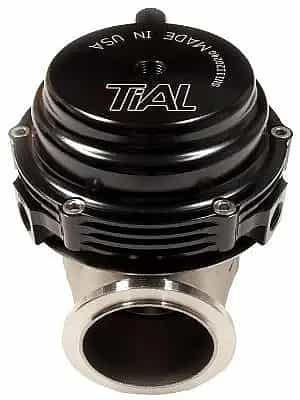
Wastegates: boost pressure control in tuning
In tuning, the preference is for external wastegates, because what we’re looking for is maximum control over the size and function of the boost pressure regulator. For example, a key characteristic of performance wastegates is their temperature resistance, because exhaust gases in the wastegate can reach 1,000°C. So not only are they made from ultra-heat-resistant materials, but they also have integrated water cooling. The boost pressure setpoint can be set using supplied springs, and assembly is usually quick and easy thanks to a V band flange. And with valve head sizes ranging from 38 to 44 millimeters, you’re also guaranteed an early response from your turbo.
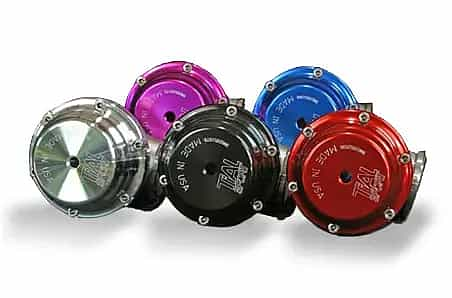
Can be delivered in 5 to 8 days
Which wastegate is right for you?
The most common mistake people make is to buy a wastegate that’s too small, the problem being that it can’t discharge enough of the exhaust gas. When you’re choosing a wastegate, make sure that enough exhaust gas can flow through the boost pressure regulator. Otherwise, you’ll get dynamic pressure and the gases will return to the turboshaft. So pick a size that suits the interplay between your engine and your turbo. Here’s the rule of thumb: For a large engine and a small turbo, choose a large wastegate. For a small engine and a large turbo, install a smaller wastegate so that you get more exhaust gas to the shaft.
Faulty wastegates
Wastegates can go wrong. When they do, you’ll feel it in the boost pressure for example. The pressure can get too low or too high, or it may be too high generally. There are several possible reasons for this, such as a faulty diaphragm or a cracked spring. Luckily, these parts are replaceable on high-quality external wastegates.
Questions? Get help from the pros!
It’s no accident that we’ve been in motorsport for 15 years. Send us your questions on chat or check out our FAQ.

